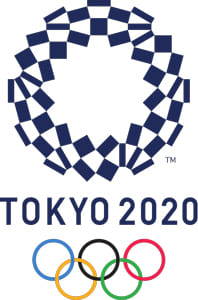In preparation for Tokyo 2020, the Olympic and Paralympic medals have been minted by the Japan Mint in Osaka. The Japan Mint has a long history, having been established in 1871 to modernise the coinage system of the Cherry Blossom nation, and produces all coins used in Japan, various commemorative coins, medals, and even trophies.
Part of the mission statement of the Japan mint is to manufacture using original techniques and creativity symbolic of the Japanese culture. The Japanese are famous for being very polite and nice, inventing sushi and creating Hello Kitty. However, they are also famous for their complex history that celebrates the ancient and the modern and for innovation. So, naturally, we would expect them to develop something new and think of turning obsolete electronics into Olympic medals.
The host nation works closely with the International Olympic Committee, and all medals have to satisfy uniformity and quality standards. The obverse of Olympic medals includes Nike, the Greek goddess of victory, in front of the Panathinaikos Stadium, the official name of the respective Games, in this case, Games of the XXXII Olympiad Tokyo 2020 and the Olympic five rings symbol.
To come up with the reverse of the medals, the Japanese held a competition that was open to professional designers and design students. There were over 400 entries, all of which had to satisfy the brief. The motif had to show that to achieve glory; athletes have to strive for victory on a daily basis.
Electronic waste (e-waste), discarded products with a battery or a plug, is the fastest-growing domestic waste stream. But it is also considered an ‘urban mine’, as electronics contain valuable metals waiting to be retrieved.
The Tokyo 2020 organising committee took on the challenge of producing 5,000 medals with gold, silver and bronze retrieved from electronic waste. Citizens rallied and donated over five million old cell phones and other gadgets, and medal manufacturers got over 47,000 tonnes of tech waste to create the medals.
The metal hanging from triumphant necks will come from only recycled materials meaning the XXXII Olympiad Tokyo 2020 will be one of the most sustainable to date.
頑張って or ganbatte to the over 11 000 athletes competing in 339 events in 33 sporting codes. Go for GOLD (or silver or bronze).

